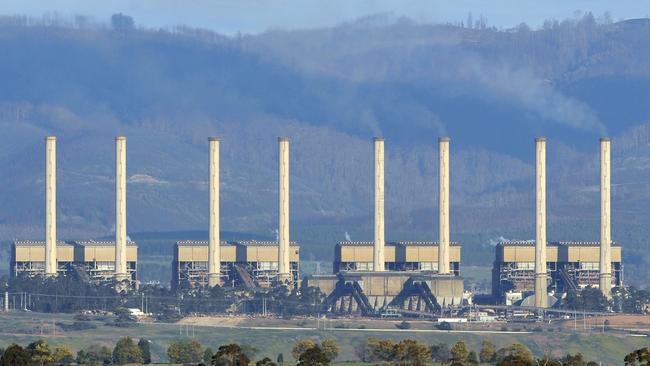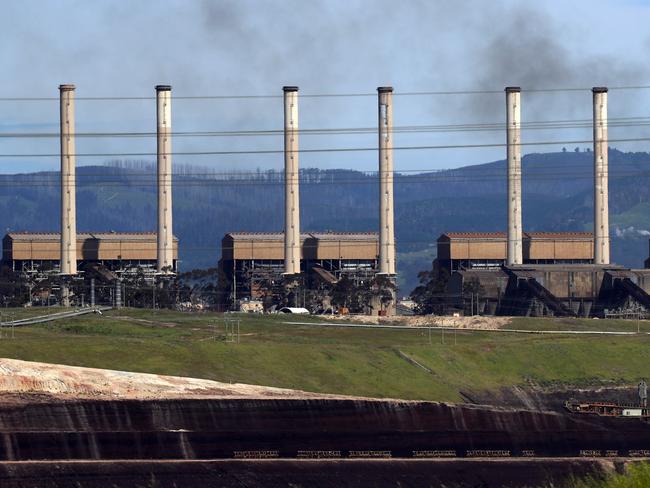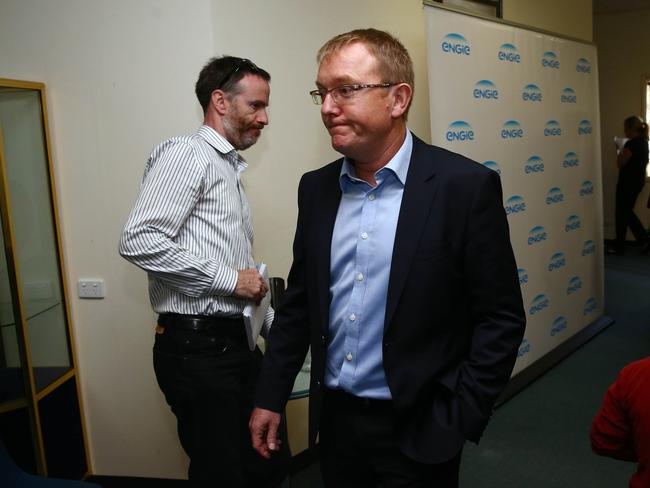Demise of coal-fired power sparks electricity price hike
HOUSEHOLDS face paying an extra $78 a year for power due to the demise of coal-fired electricity and rise of renewables, an official report reveals.

Costs
Don't miss out on the headlines from Costs. Followed categories will be added to My News.
AUSTRALIAN households face paying an extra $78 a year for power because of the demise of coal-fired electricity and rise of renewables, an official report by the Federal Government’s energy policy adviser reveals.
The new research from the Australian Energy Market Commission says the dominant factor in power prices is escalating wholesale energy costs.
Nationally, in previous years the biggest influence had been higher charges for distribution.
The AEMC said two key drivers in the wholesale energy market would put upward pressure on what households ended up paying:
— The retirement of brown coal-fuelled plants Hazelwood in Victoria and Northern in South Australia; as well as
— The impact of the Large-scale Renewable Energy Target, or LRET — a national scheme that sees consumers subsidise the set up of wind and solar farms.

In Victoria, Tasmania and South Australia, the price of wholesale power is expected to be about 35 per cent more expensive in 2018-19 compared to last financial year because of the coal-fired generator closures. NSW initially gets a benefit from Victoria’s pain, but that trend is reversed in 2018-19 as new wind power generation kicks in.
Overall, the AEMC is forecasting average retail bills will rise in NSW, the ACT, Victoria and SA. They will fall in Tasmania and Queensland. That rises in NSW, Vic and SA could be more dramatic if network operators succeed in challenging regulator limits on what they can charge.
The AEMC forecasts LRET-related expenses are going to rise at 11 per cent a year until 2018-19, although it notes that such “environmental policy costs” only account for two to four per cent of bills.
That being said, the LRET also puts pressure on coal-fired plants because it forces down wholesale prices, potentially pushing the operator into the red.

Hazelwood will close in March next year. In announcing the decision, its French owner Engie Australia said the station had been facing “lower electricity prices and a surplus of electricity supply”.
The AEMC said the “retirement of a low operating cost brown coal plant” leads to higher cost facilities setting the final wholesale cost, which pushed up retail prices in multiple states due to the flows across interconnectors.



